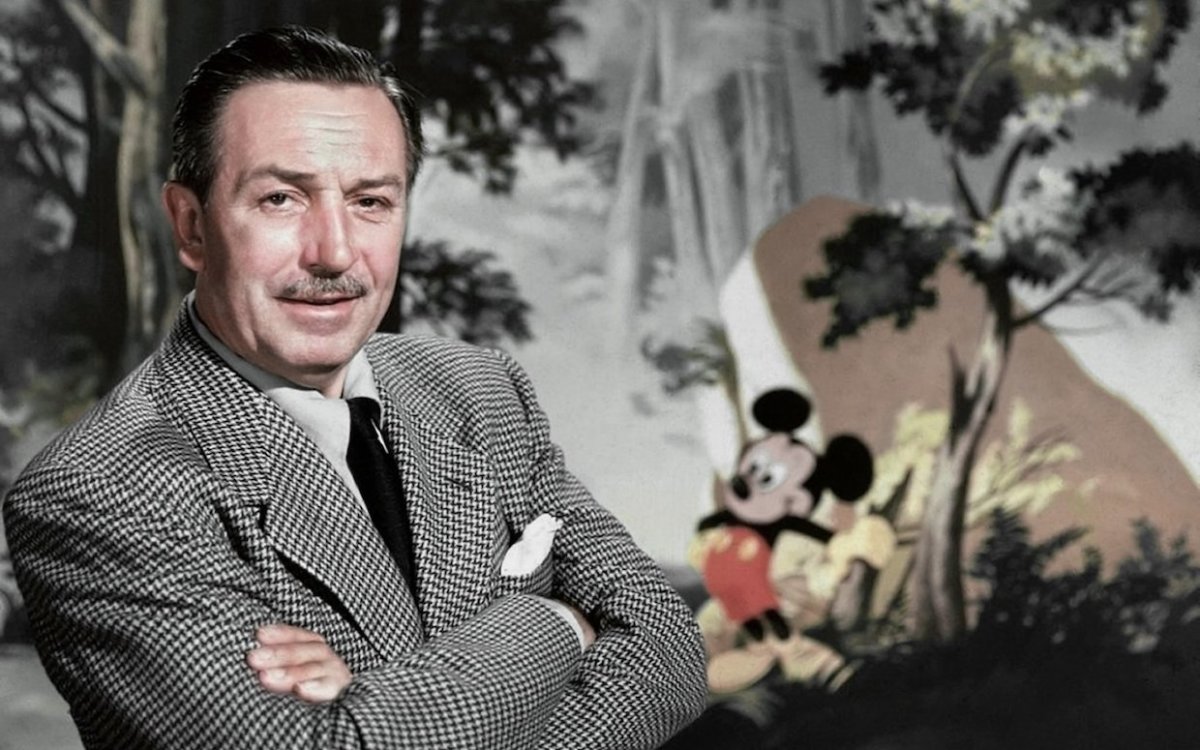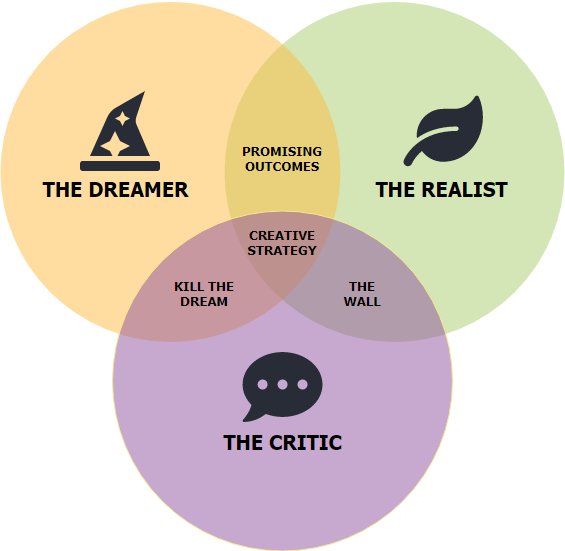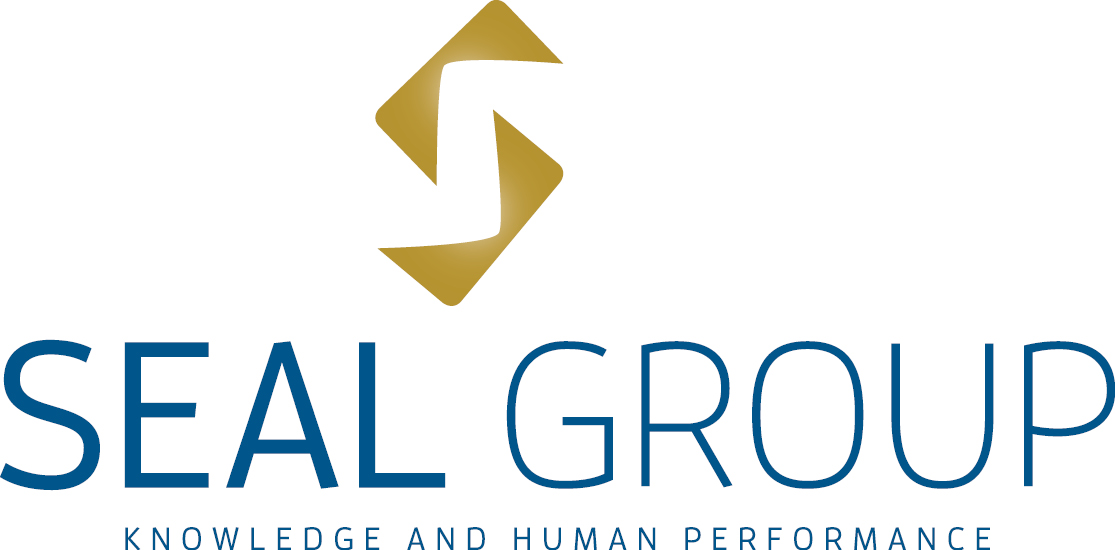Turning Vision into Reality: The Disney Strategy of Creativity
On 5 December 1901, an entrepreneur, whose legacy has transcended decades and generations, was born. Walt Disney’s vision and passion revolutionised the animation industry, inspiring millions around the world. Disney was a master of creativity whose tireless work and determination led him to create an empire that today exceeds 88 billion euros in assets and employs more than 180,000 people.

image: Parade
The Walt Disney Company continues to thrive, even after the death of its visionary founder, thanks to the continuous application of the strategies developed by Walt. One of these strategies is the Disney Method of Creativity, studied by author Robert Dilts, in his book “Strategies of a Genius”. This method, also known as Disney Thinking, is a structured approach to solve problems and generate ideas, incorporating three distinct thinking roles: the Dreamer, the Realist and the Critic.
The Disney Method encourages individuals and teams to approach projects and challenges from multiple perspectives, promoting innovation and comprehensive planning.
The stages of the Disney Method
The Dreamer – Every creative process begins with a vision, a dream. It is an unique moment in which the entrepreneur must be free of any other worries, his mindset must allow him to dream free of restrictions, without worrying about details of execution or criticism, just focussed on his own vision. To help in this role, Walt Disney kept a colourful and chaotic room, adorned with inspiring paintings and drawings, where criticism had no place – only dreams. The role of the dreamer is to explore the world of ideas with a vision of the future, constantly looking for innovations and novelties. An extraordinary life is achieved when you dream freely, without limitations. We can all say that at some point we’ve had our dreamer moments, when we imagined a life beyond reality, without being bound by limitations, many of them real, others self-imposed.
The Realist – The well-known Pirelli brand launched a campaign in the 1990s with the theme “Power is no use without control”. Beyond dreams lies reality. The difference between high performers and those who don’t progress lies in the ability to turn dreams into reality. While dreaming requires mental freedom, realising requires action and focus. The realist is responsible for bringing dreams into the real world, using the tools available or creating new paths to achieve them. To fulfil this role, Disney worked in a large, well-equipped room, where each animator had the resources they needed to turn their dreams into reality. Unlike the dreamer, the realist focuses on the present and looks for ways to realise long-term dreams through immediate action.
The Critic – This role is not about dreaming or realising, but about evaluating the dreams and actions taken so far. The critic identifies errors and flaws in order to adjust projects in progress. Disney had his own “Sauna”, a small room where he could evaluate his sketches and projects. He clearly separated the moments of dreaming, realising and criticising. This process is cyclical, continuing until the necessary adjustments have been made and the dreams realised. Criticism is essential for improving both dreams and their realisation. Walt Disney described these three phases when he said: “The storyteller needs to see in his own mind how all the pieces of a story will be put together. He must feel every expression and every reaction. He must get far enough away from his story to have a second look at it.”

Case studies
This method is widely used in various creative industries, including film, design and innovation, to develop and refine complex ideas and projects. By following a structured process, individuals ensure a balanced and comprehensive approach to problem-solving. Other leading companies, not associated with the creative field, have successfully used the Disney Method in their operations.
Coca-Cola, for example, uses the method in its marketing campaigns. Its team of specialists begin this process by taking on the role of “Dreamer”, through which they generate creative and engaging ideas for adverts or promotions. They then transition to the role of “Realist”, assessing the feasibility of implementing these ideas within budgetary and time constraints. Finally, the “Critic” stage helps them identify possible negative reactions or problems with the proposed campaign, resulting in refined and effective marketing strategies.
Google, meanwhile, has adopted the Disney Method in its “Moonshot Factory”, also known as X Lab, where teams debate ambitious and innovative projects. As “Dreamers”, they generate radical ideas to solve significant global problems, such as providing Internet access in remote areas via high-altitude balloons. The realist role involves assessing the technical, financial and logistical aspects of these daring ideas. And finally, the Critical role helps identify potential risks and drawbacks, guiding the development of the project.

image: Visual Paradigm
The benefits of the Disney Method are vast: it promotes comprehensive ideation, ensuring that solutions are creative and viable. It also fosters effective collaboration between team members, allowing for diverse perspectives and contributions. Naturally, there are challenges associated with the method, for example, the transition between the different thinking roles, which can be difficult for some individuals. In addition, the structured process can require more time than traditional brainstorming sessions. I believe that we often get “stuck” in the role of criticising ourselves… so it’s up to each of us to effectively choose where we want to be, transforming our vision into reality, given that everything starts with a dream.
“Creativity is like gymnastics: the more you exercise, the stronger you get!” – Walt Disney
Article by Sérgio Almeida, in partnership with Vida Económica




